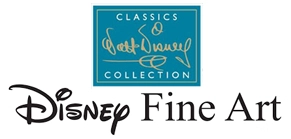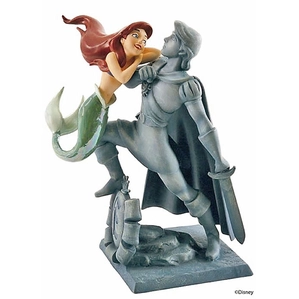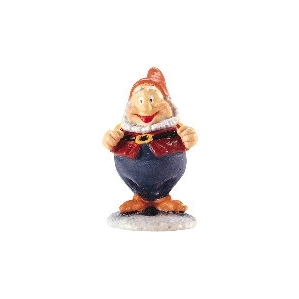Walt Disney Classics Figurines
The Classics Collection started in 1992 with three scenes: Bambi, Cinderella, and Fantasia's Sorcerer Apprentice. Many other series have since been introduced. Some figurines are limited, and some have been retired. Some of these figurines have risen high on the secondary market. The figurines are made of porcelain, and the process is similar to that used to make Hummel figurines. Individual pieces are molded, put together, and fired in an oven. Then, they are painted and fired again. Each figurine is marked on the bottom, signifying the year it was produced. The marks represent significant milestones in Disney history. The figurines with the first-year mark are usually the most desirable.
Collectors Society
In January 1993, Disney introduced the Walt Disney Collectors Society. The quality and appreciating values of the limited editions have attracted a large number of collectors. Collectors are reminded of their youth and their love for Disney characters. Each collector has a story to tell about their collection. The collection has grown to be a highly sought-after collectible today.
Enchanted Places
From the sparkling wonder of the Seven Dwarfs' Jewel Mine to the majestic spires of the Beast's Castle, Disney films have taken us to some of the most wonderful places imaginable. The Walt Disney Classics Collection celebrated these unforgettable settings with Enchanted Places, beautifully crafted sculptures that recreate the worlds where the magic unfolds.
Gifted sculptors meet the challenge by studying layout drawings and production design material. Imagining how things not seen in the film would look, they reveal never-before-seen views that remained a mystery—until now!
A miniature character completes the intimate bond between the setting sculpture and the film. Created by renowned miniature sculptor Robert Olszewski, each miniature captures the look and personality of Disney favorites as they welcome us into the "enchanted place" that is their world.
Making the Sculptures
Choosing the Moment – Once the character and scene are selected, artists pore over original drawings, model sheets, background paintings, and finished cels. By studying all the movement detail and subtle cues in line and form, artists can discover the specific film moment that defines the essence of the character, capturing the personality that reaches beyond the one particular scene.
Sketching the Concept
Working from hundreds of reference materials, artists sketch various angles of the character pose for sculpting. Research and intuition tell them to bend an eyebrow to hint at the thoughts behind it or stretch the line of a robe to indicate a turn. These drawings go through many critiques and revisions before the final concept is approved.
Sculpting the Moment
The final drawing—and all the reference material—then go to the sculptor. Meticulously shaping the clay, the sculptor must ask, "What does this character look like from every angle—including many that were never drawn before?" Disney animators help find the answer, and like the concept sketch, the clay sculpture is revised again and again before the final form is approved.
Creating Whiteware
The final clay sculpt is cut into pieces, and a plaster mold of each piece is made. The more complex and delicate the sculpture, the more pieces are needed (some Classics Collection sculpts have up to forty pieces). Liquid clay, called "slip," is poured into the molds and partially air-dried into "greenware" pieces, which are then reassembled using more slip. The greenware is sprayed with a translucent glaze and fired in a brick kiln, creating a glazed whiteware. The whiteware is then painted with a yellow dye to pick up any flaws within the material.
Painting
Disney artists hand-paint the whiteware using the original colors from the film. The paints are applied to the ceramic sculptures in several steps, with a trip to the kiln after every step. Each brushstroke breathes more life into the character and brings the sculpt back to its film origin. Because different ceramic colors react differently to heat, artists must research painting and firing formulas for each sculpt to control all the variables so that the color is perfectly replicated.
Plussing
Finally, many painted sculptures are touched with a unique step called "plussing." Precious metals, crystal, or blown glass are added to the sculpt, following special plussing instructions laid out well in advance. Plussing enhances the story and character inspiration that have been the signature of the entire process.
Finished Sculpture
Each sculpture bears a backstamp with Walt Disney's signature and an incised or decal production-year mark that symbolizes a milestone in Disney history. Sculptures may carry different production marks if series production continues over several years.
Sculptures are released as a Limited Edition or an Open Edition. A Limited Edition can be either time-limited (released for a specific time period/year) and/or numbered. These have been released through special events, conventions (Disneyana and Walt Disney Art Classics), and/or new product announcements.
Open Editions eventually meet "retirement." These retired sculptures can never be reproduced, as the plaster molds are destroyed on the day of retirement. Once retired, these figurines can only be found on the secondary market.
Disney Fine Art: The Magic of Collecting Timeless Masterpieces
For generations, Disney has brought stories to life through breathtaking animation, captivating audiences young and old. Now, through Disney Fine Art, you can own a piece of that magic—timeless, museum-quality artwork that celebrates the artistry of Disney's most beloved characters and scenes.
A Legacy of Artistry & Imagination
Disney’s storytelling has always been rooted in exceptional artistry. From the enchanting brushstrokes of Thomas Kinkade Studios, the vibrant energy of Trevor Carlton, to the impressionistic elegance of Irene Sheri, each Disney Fine Art piece is a tribute to the golden age of animation. Whether it’s the dreamlike scenes of Sleeping Beauty, the whimsical wonder of Alice in Wonderland, or the heartwarming charm of The Lion King, these pieces evoke cherished memories that span generations.
The Fine Art Process: A Blend of Tradition & Innovation
Every Disney Fine Art creation undergoes meticulous craftsmanship, ensuring the highest level of quality:
- 🎨 Hand-Embellished Limited Editions – Artists personally enhance each piece with hand-applied textures and brushstrokes, making each one unique.
- 🖼️ Giclée on Canvas & Paper – Utilizing advanced printing techniques, giclée reproductions capture the depth, color, and brilliance of the original artwork.
- ✨ Original Hand-Painted Works – Created by renowned Disney artists, these one-of-a-kind pieces bring animation to life in its purest form.
Why Disney Fine Art is a Worthwhile Investment
Disney Fine Art is more than just décor—it’s a collectible treasure.
- ✔️ Timeless Value – As Disney’s legacy continues to grow, so does the desirability of its fine art, making it a lasting investment.
- ✔️ Limited Editions & Rare Pieces – Many collections are produced in small numbers, ensuring exclusivity and rarity.
- ✔️ The Magic Never Fades – Whether displayed in a home, office, or gallery, Disney Fine Art carries a sense of nostalgia that never goes out of style.
Own a Piece of the Magic
Step into a world of imagination and artistry with Disney Fine Art. Whether you're an avid collector or discovering the magic for the first time, each piece tells a story—a moment of wonder, a beloved character, a scene that made us believe in magic.
Explore the collection today and bring home the timeless beauty of Disney!
Disney Fine Art Terminologies
Hand-Embellished – Artists personally enhance each piece with hand-applied textures and brushstrokes, making each one unique.
Giclée – A high-quality fine art printing process using archival inks to ensure vibrant colors and longevity.
AP (Artist Proof) – A special subset of a limited edition, often reserved for the artist. More valuable due to its rarity.
PP (Publisher’s Proof) – A limited number of prints set aside for the publisher, similar to an Artist Proof.
HC (Hors de Commerce) – French for "Not for Sale," these editions are used for galleries or promotional purposes.
SN (Standard Numbered Edition) – The main edition, sequentially numbered and widely available to collectors.
Serigraph – A high-quality silk-screen printing technique used in fine art reproduction.
Remarque – A small, hand-drawn sketch or painted detail added by the artist to a print, making it more collectible.
Plussing – The addition of special details like metallic accents, crystal embellishments, or hand-applied paint.
Certificate of Authenticity (COA) – A document verifying the authenticity of a Disney Fine Art piece.
Gallery Wrap – A printing technique where the image extends around the canvas edges, creating a frameless look.
Animation Cel – A hand-painted acetate sheet used in traditional Disney animation, often replicated in fine art prints.
WDCC Porcelain Terminologies
WDCC (Walt Disney Classics Collection) – A collection of high-quality, hand-crafted porcelain sculptures inspired by Disney animated films.
Open Edition – A non-limited release that remains in production until officially retired.
Limited Edition (LE) – A sculpture produced in a fixed quantity, increasing its collectibility.
Numbered Limited Edition (NLE) – A limited edition piece with an individually numbered sequence.
Retired – A sculpture that is no longer in production and can only be acquired through secondary markets.
Backstamp – A mark on the bottom of each sculpture indicating the year of production and unique WDCC logo variations.
Production Year Mark – Special symbols on WDCC figurines representing key milestones in Disney history.
Plussing – Enhancements made to sculptures using pewter, crystal, or metal to add intricate details.
Pewter Elements – Metal details added to certain sculptures, such as swords, wands, or costume accents.
Glass & Crystal Accents – Swarovski crystal embellishments used in some figurines for added sparkle.
First Year Mark – A unique mark for the first year of a figurine’s release, making it highly desirable.
Signature Series – Sculptures personally signed by Disney artists or animators.
Certificate of Authenticity (COA) – A document verifying the authenticity of a WDCC porcelain piece.
Maquette – A small-scale model used during film production, sometimes recreated as part of WDCC collections.
Gold Circle Dealer Exclusive – Sculptures sold exclusively through select authorized retailers.
Walt Disney Collectors Society (WDCS) – A membership program offering access to exclusive WDCC pieces.
Event-Exclusive Pieces – Special sculptures available only at Disney events or conventions.
Scene Groupings – WDCC released multiple figurines that, when displayed together, form a complete movie scene.
DISNEY ARTISTS
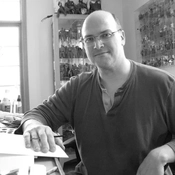
Alex Ross Disney
Shop Alex Ross Disney Gallery

Allison Lefcort
Shop Allison Lefcort Gallery

Arcy
Shop Arcy Gallery

Arienne Boley
Shop Arienne Boley Gallery
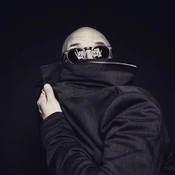
Beau Hufford
Shop Beau Hufford Gallery

Bob Doucette
Shop Bob Doucette Gallery
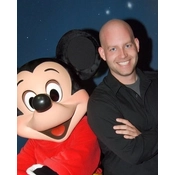
Bret Iwan
Shop Bret Iwan Gallery
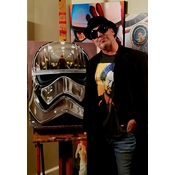
Christian Waggoner
Shop Christian Waggoner Gallery

Craig Skagg
Shop Craig Skagg Gallery

Daniel Arriaga
Shop Daniel Arriaga Gallery

Denyse Klette
Shop Denyse Klette Gallery

Dinsey Art
Shop Dinsey Art Gallery

Dom Corona
Shop Dom Corona Gallery
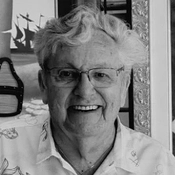
Don Williams
Shop Don Williams Gallery

Edson Campos
Shop Edson Campos Gallery

Eric Tan
Shop Eric Tan Gallery

Harrison Ellenshaw
Shop Harrison Ellenshaw Gallery

Heather Edwards
Shop Heather Edwards Gallery

James Coleman
Shop James Coleman Gallery
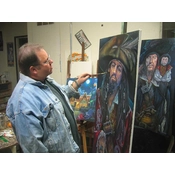
James Crouch
Shop James Crouch Gallery

Jared Franco
Shop Jared Franco Gallery

JC Richard
Shop JC Richard Gallery
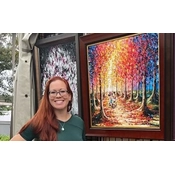
Jennifer Lana
Shop Jennifer Lana Gallery

Jim Salvati
Shop Jim Salvati Gallery

Jim Warren
Shop Jim Warren Gallery

Jody Daily
Shop Jody Daily Gallery

Krystiano DaCosta
Shop Krystiano DaCosta Gallery

Liana Hee
Shop Liana Hee Gallery

Lisa Keene
Shop Lisa Keene Gallery
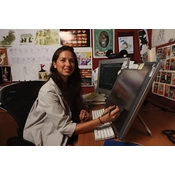
Lorelay Bove
Shop Lorelay Bove Gallery

Manuel Hernandez
Shop Manuel Hernandez Gallery
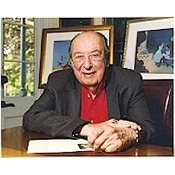
Marc Davis
Shop Marc Davis Gallery

Michael Humphries
Shop Michael Humphries Gallery

Michael Prozenza
Shop Michael Prozenza Gallery

Michelle St Laurent
Shop Michelle St Laurent Gallery
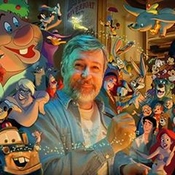
Mike Peraza
Shop Mike Peraza Gallery

Paige O Hara
Shop Paige O Hara Gallery
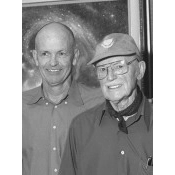
Peter / Harrison Ellenshaw
Shop Peter / Harrison Ellenshaw Gallery
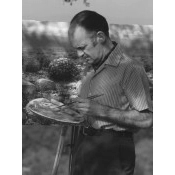
Peter Ellenshaw
Shop Peter Ellenshaw Gallery
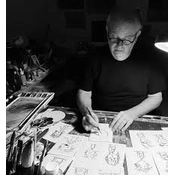
Randy Noble
Shop Randy Noble Gallery

Rob Kaz
Shop Rob Kaz Gallery

Robert Farrell
Shop Robert Farrell Gallery

Rodel Gonzalez
Shop Rodel Gonzalez Gallery

Stephen Fishwick
Shop Stephen Fishwick Gallery

Steve Barton
Shop Steve Barton Gallery
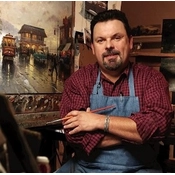
Thomas Kinkade Disney
Shop Thomas Kinkade Disney Gallery

Tim Rogerson
Shop Tim Rogerson Gallery

Toby Bluth
Shop Toby Bluth Gallery

Tom Matousek
Shop Tom Matousek Gallery

Tony Anselmo
Shop Tony Anselmo Gallery

Trevor Carlton
Shop Trevor Carlton Gallery

Trevor Mezak
Shop Trevor Mezak Gallery
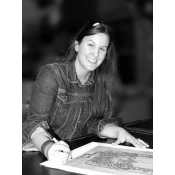
Tricia Buchanan Benson
Shop Tricia Buchanan Benson Gallery

Victoria Ying
Shop Victoria Ying Gallery

Walfrido Garcia
Shop Walfrido Garcia Gallery
